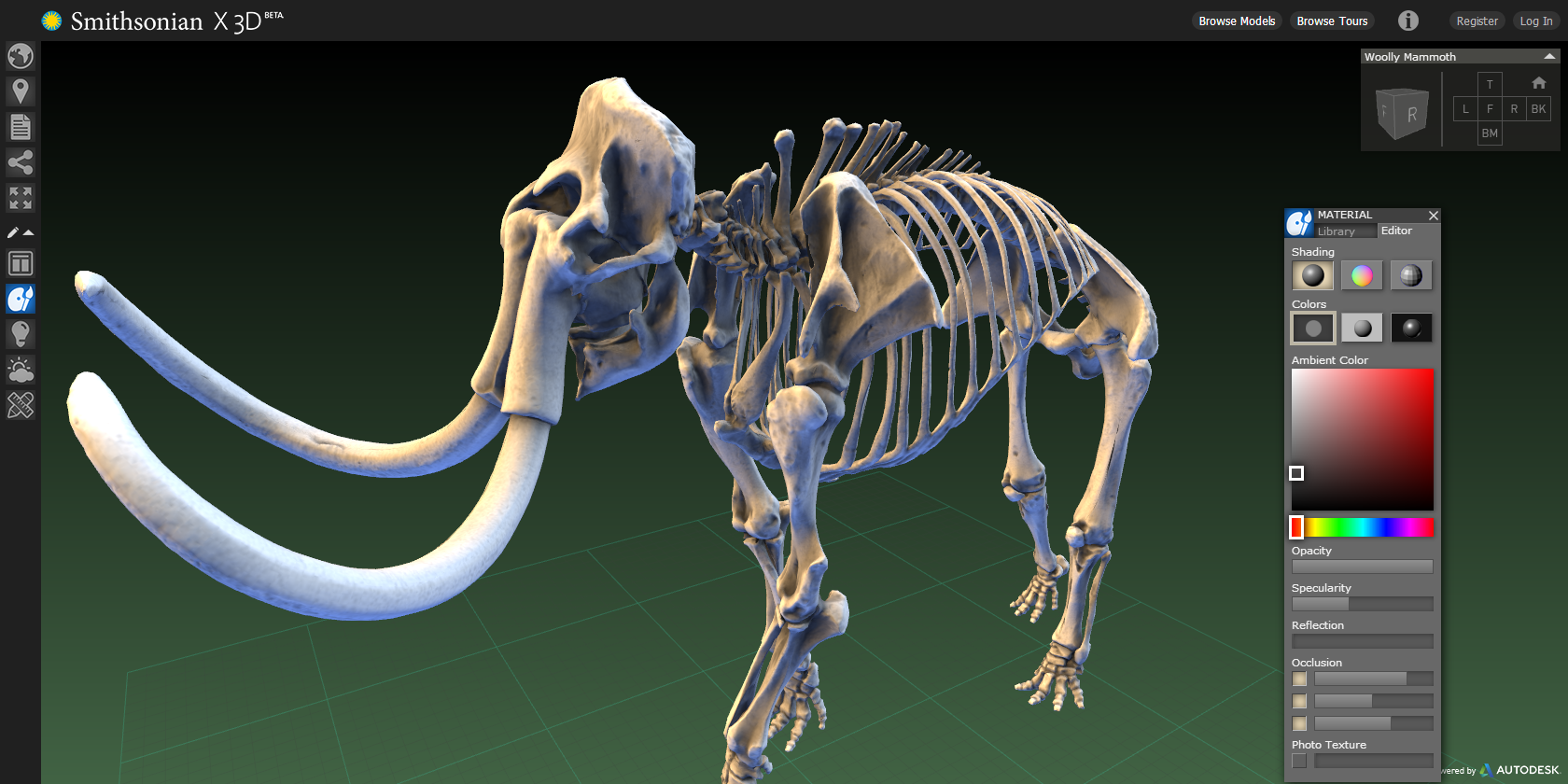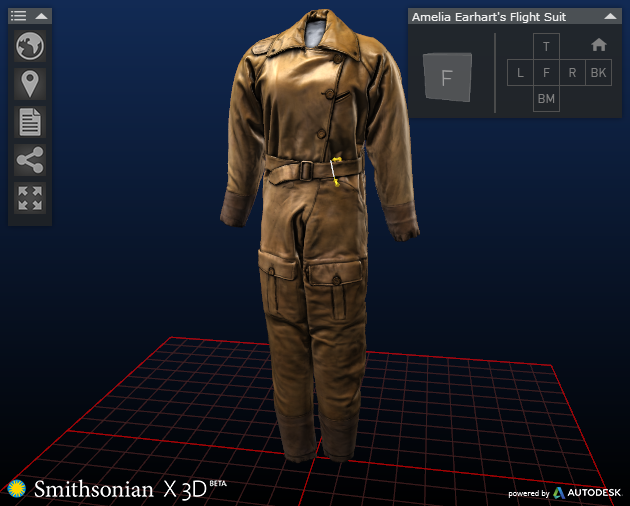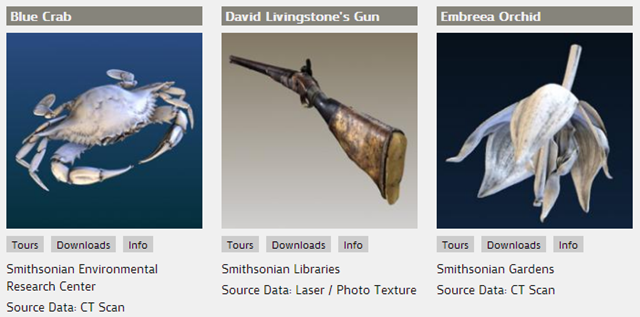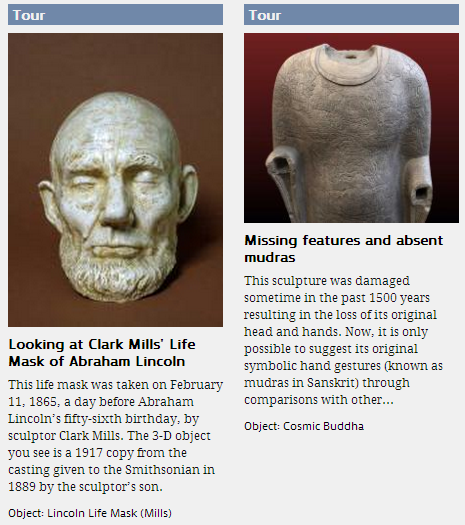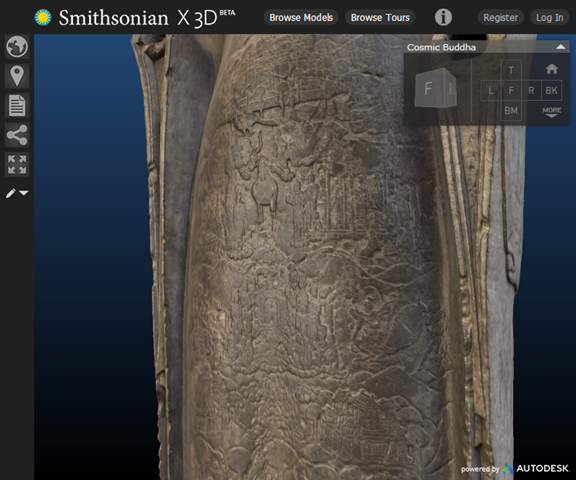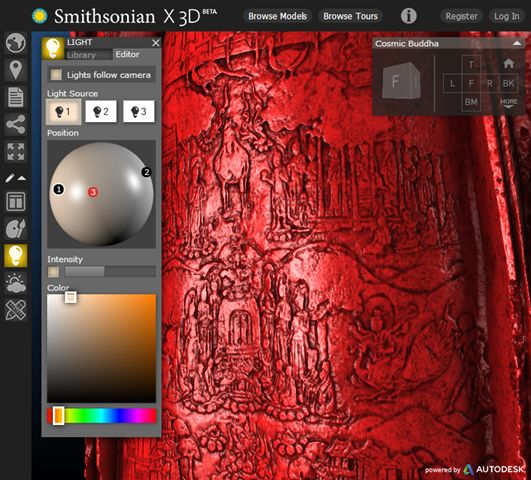Amelia Earhart, the first female pilot to fly solo across the Atlantic Ocean, wore a flight suit specifically designed for women (a rarity at the time), with a wide belt and three buttons that closed diagonally across the front. The belt was 2 inches wide, to be exact, and the whole suit was made of tan leather. I know this not just because I read up on the suit, but because I saw an incredibly accurate scan of the suit, and measured the width of the belt on my own. In fact, here it is:
And if you'd like to measure that suit yourself, spin it around, or visually inspect it in any other way (including the flannel lining the pockets), you can. The flight suit model is available as part of Smithsonian X 3D, an ambitious project by the Smithsonian institute to create incredibly accurate 3D scans of many of its artifacts, so that we can all experience them for free from the comfort of our homes. It's a bit like Sketchfab, a service that renders 3D models in your browser, only the models are of real, historical objects.
Not a Gimmick
At first glance, scanning and rendering objects in 3D may sound a bit gimmicky – like a PR stunt by an established museum because just so they can issue a press release that uses the term "3D". If that thought crossed your mind, the following overview video shows just how seriously the Smithsonian takes this endeavor:
Models On Offer
Before we discuss the ways you can explore an individual model, let's see some of the models which you can currently experience. These are listed in the model browser, each with a thumbnail and a short description:
At the moment, there are just 21 models. This may not sound like much, but the diversity makes up for it: Modern artifacts (like Earhart's suit and David Livingstone's gun, above), lie alongside prehistoric fossils. Not all models are small, either: There's even a 3D visualization of a supernova. This part is much like walking the halls of a museum: Simply find a display case (model) which is of interest, and approach it (or click it, in our case).
Guided Tours
Tours offer additional explanations and place each object in a wider context. There's a tour gallery [Broken URL Removed], which looks like this:
Tours make use of the 3D model, while splitting the display to show text on one half. As you proceed through the tour, the model is panned, rotated, and zoomed to illustrate whatever it is you're reading about:
As you're reading, you can freely rotate the model and play around with it. This particular sculpture showcases the excellent scanning resolution as well as the textures. It feels real as you spin it around.
Exploring a Model On Your Own
You don't have to read a tour: You can also just interact with any model on your own, for as long as you want. Of course you can spin it around, but you also get a toolbox that allows you to manipulate colors, textures, and lighting sources, and even create cross sections of the artifact. Here's the Cosmic Buddha sculpture in its default view:
Those scratches down the front look interesting – let's take a closer look at those by zooming in:
They appear to be drawings, but they are still quite difficult to make out. Let's use the included toolbox to tweak the display so they stand out better:
By using the toolbox and tweaking the display colors and the light sources, I was able to make the delicate carvings pop in a way that would have been impossible at a museum. I could literally visit the Smithsonian and stand right by a glass case containing this piece of historic art, completely oblivious to the nuances the 3D viewer lets me perceive...and then I'd have to move on, so that others can have a look, too.
A Great Way to Experience History
Projects like Smithsonian X 3D are the future of art and history curation, joining existing tools like these 6 interactive American history sites. They make rare and valuable pieces of our history truly available to all, in a way that has so far simply been impossible. No admission fees; no lines to wait in; no glass cases. Yes, it is not the "actual" piece but a very high-resolution of it...but think back to the last time you were at a museum, trying to look at a fragile and ancient artifact: How much of it did you really perceive through that protective glass case, with the artifact being held in one fixed orientation? This sort of technology is becoming increasingly accessible (you can even create 3D images with your phone these days), so we can only hope other museums follow suit and make their collections available online in such compelling, interactive forms.
If you know of other great ways to experience art online, I would love to hear about them in the comments. Here's to culture.

